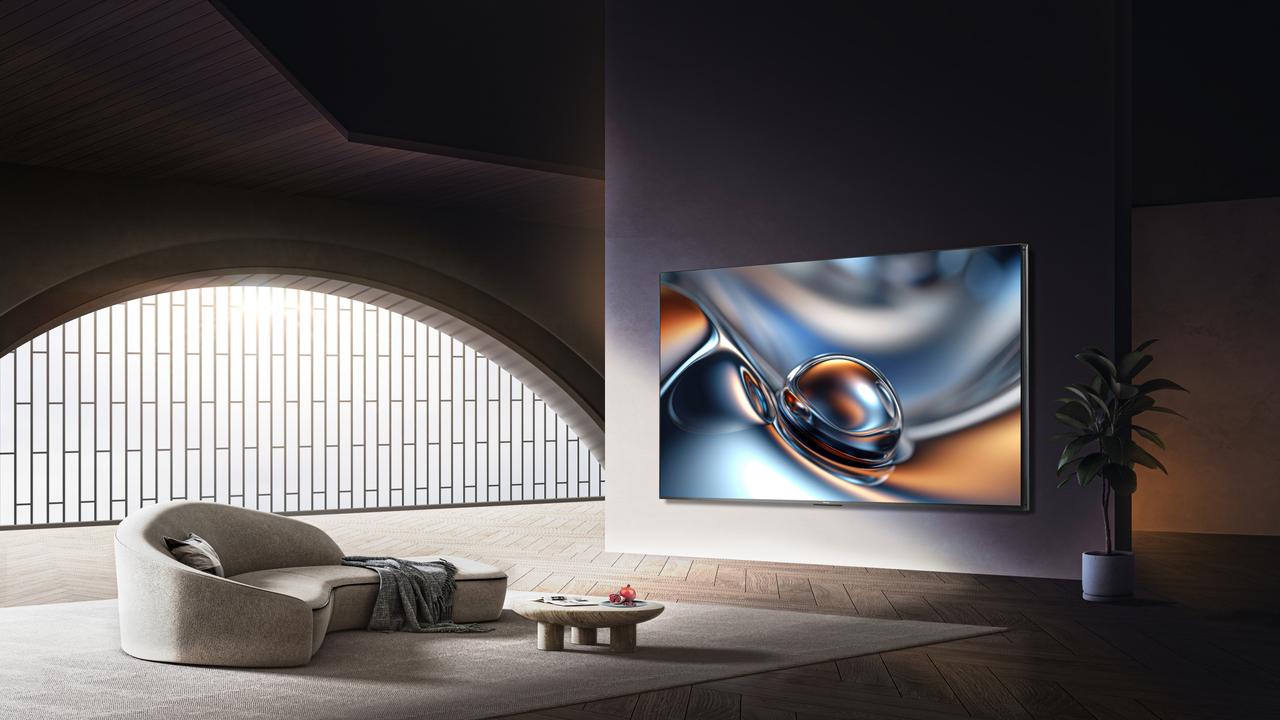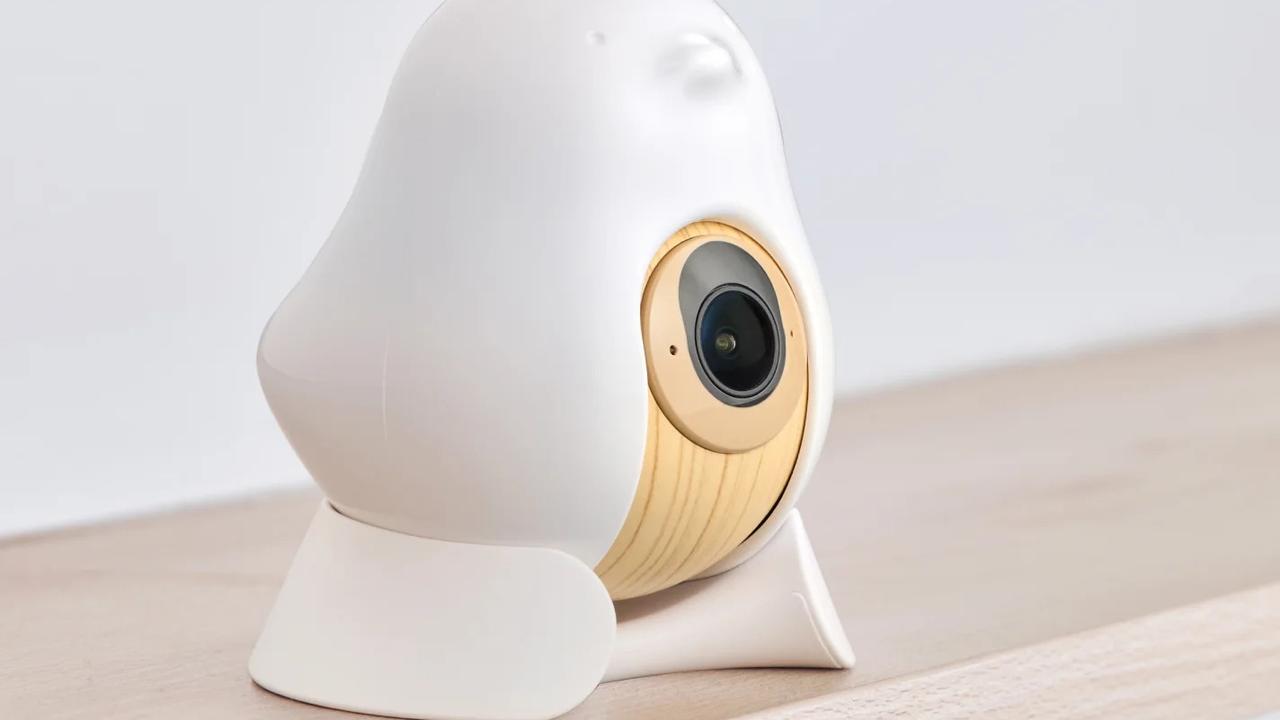Small yet powerful Intel NUC desktops are a great option for working from home
High-end Intel NUC computers make worthy desktops when working at home.
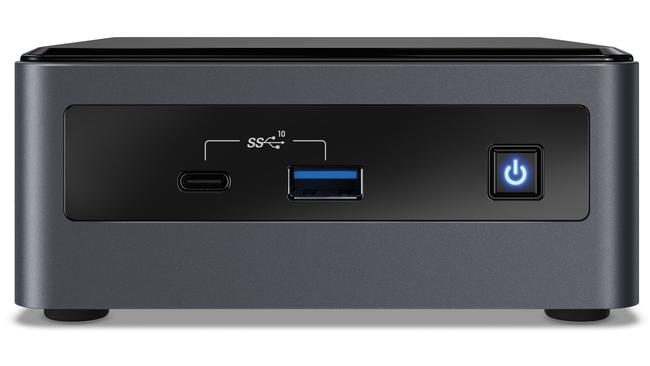
It was the end of the financial year last month and like many, I upgraded a home desktop ahead of June 30.
Out went a trusty old PC in its big case that sat on the floor under one of the desks here. This particular PC was full of character. Its parts came from different sources and were added and replaced at different times. It was an old machine with modern USB-C cards, graphics card, and HDMI connections that support multiple monitors.
This desktop was still slow by modern standards and the fans began to be noisy whenever I chose to use it, so out it went.
Instead of buying another big desktop, I opted for a tiny Intel NUC. The quaint NUC name stands for Next Unit of Computing. Instead of standing on the floor where it could be mowed down by my robot vacuum cleaner, this NUC takes up next-to-no room on a desk, which is one of its draw cards. It’s just 11 x 11 cm, and 3.5 cm high.
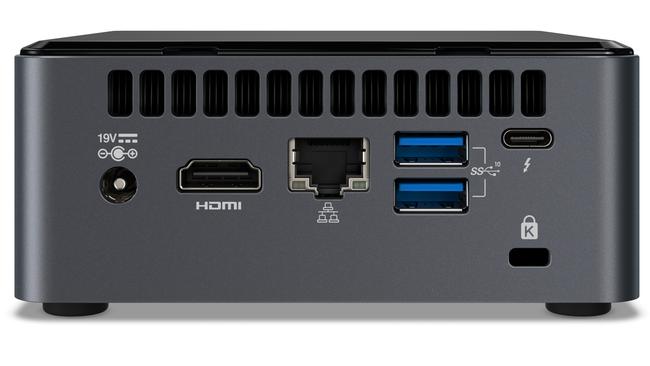
NUCs have been available since 2013. At first they were slower and underpowered, but over time Intel has released progressively more powerful models with fast processors.
The NUC’s popularity has been limited by their inability to support separate graphics cards and the limited ports for connecting other devices.
This has been changing. Last month I spent $997 to buy a barebones Intel NUC bundle comprising a NUC with an Intel Core i7 processor, a 500 Gigabyte M. 2 solid state drive for storage, and 16 Gigabytes of DDR4 memory. These components are easy to slot in. You take the NUC’s lid off, and add them.
Despite the NUC’s tiny size, there’s room for a second memory stick; you can have up to 64GB of RAM memory. You can opt for a higher capacity drive.
Having sufficient ports for your cameras, keyboards, mouse, external hard drives and multiple monitors has been an Achilles heel for NUCs. This NUC has USB-C and USB-A at front, a full-sized card reader at the side with 2 x USB-A, 1 x USB-C, a headphone slot, Ethernet and HDMI ports at the back.
I used the rear USB-C to add a hub containing 2xUSB-C, 2xUSB-A, a second HDMI slot and full sized and microSD card readers without bulking up the rig. That’s more connectivity than I need. You can free up a couple of ports if you use a Bluetooth keyboard and mouse.
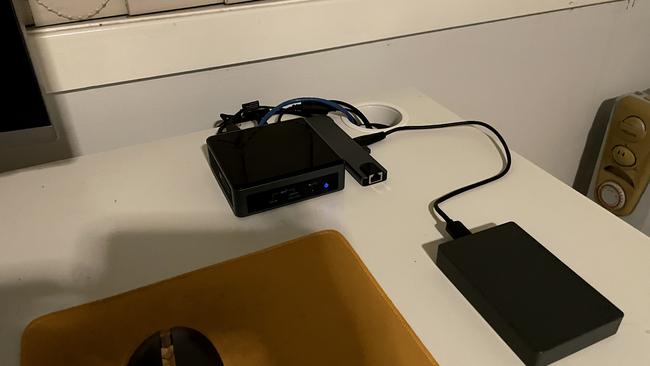
The end result is a tiny desktop computer that runs cool, is silent and powerful to handle everyday tasks, including running Adobe video and photo editing software. It will play moderately fast games but I didn’t buy it for that purpose.
This had a 10th generation Core i7-10710U processor that with the Cinebench 15 benchmark achieved a very good 1066 cb for CPU performance and a good graphics frame rate of 53.31 frames per second. The NUC should deliver smooth and almost flawless performance for games but isn’t suited to higher end gaming.
Intel now has gone further, with new NUCs with 11th generation processors that support a separate graphics card for high end performance.
However I do prefer the smaller fanless form factor than the larger mini-PC size Pro 11th generation NUC.
The integrated 11th generation Intel graphics can support multiple 4K displays, and you can enjoy discrete graphics on the extreme line of NUCs using PCIe add-in cards.
The extreme boxes are considerably larger than the tiny NUC form factor, more a mini-PC. Intel has just announced the release of this model.
In the end, a NUC with a 10th or 11th generation processor is a worthy replacement to an ageing Windows desktop PC provided you aren’t using it for serious gaming.

